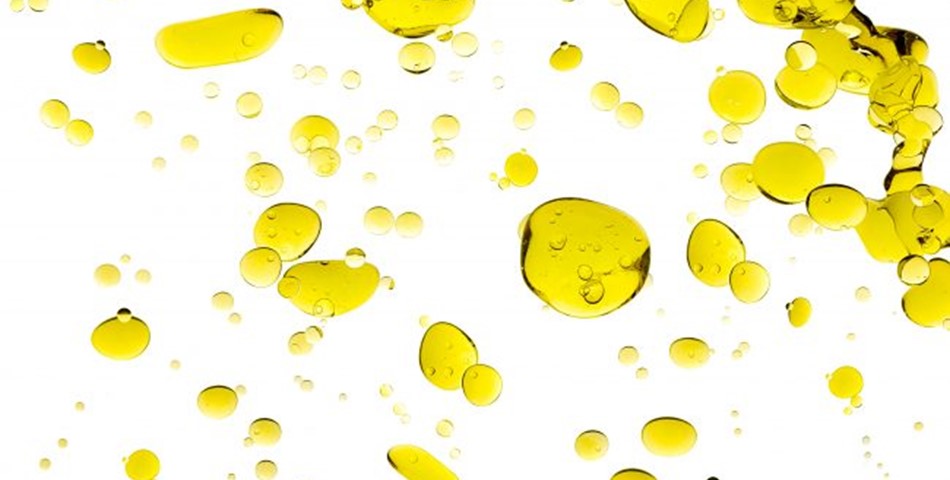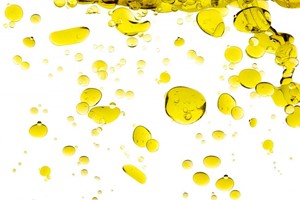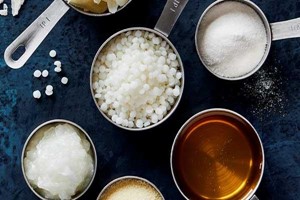If you were to look at the ingredient list for many baked goods, salad dressings, or ice creams, you may see ingredients like lecithin and mono-glycerides. These are emulsifiers, an essential component of a variety of foods
What are emulsifiers?
Imagine pouring oil and water into the same bowl. Regardless of how hard you whisk, stir, or shake the two ingredients, they’ll remain separated. This is because some types of molecules are attracted only to their own kind hence the separation. In simpler terms, an emulsifier bonds oil and water together. Emulsifiers also bring different immiscible ingredients together, preventing separation so that they can produce properties such as a better mouthfeel, and lubrication.
If you’ve eaten a creamy donut, enjoyed a chocolate popsicle, or slathered margarine on a piece of toast, you have emulsifiers to thank. They prevent different ingredients from separating—because no one wants to eat a margarine spread with just oil or just water!
How do they work?
Emulsifiers work by stabilizing a mixture of two liquids that tend to separate. Most commonly, emulsifiers have properties that are both oil-loving (lipophilic) and water-loving (hydrophilic). It’s this property that enables these ingredients to mix.
Products that use emulsifiers
The use of specific types of fats to emulsify isn’t exactly a modern invention. Part of the reason why eggs are used in bakery is for its emulsification properties.
Similarly, emulsifiers are used in food production. Bread, chocolates, margarine, and frozen confectionaries like ice cream that you find in the grocery stores around you are some of the most common examples. They make ice cream creamier, bread dough stronger, and packaged food last longer.
A class of plant-based emulsifiers known as mono-diglycerides and their derivatives account for about 75% of the world’s production of emulsifiers. These typically come from palm or soya oil. Lecithin, often derived from soy, canola, and sunflower oils, is also a commonly used emulsifier.
Are emulsifiers safe?
Emulsifiers improve a food’s mouthfeel and appearance, and some are also effective in preserving freshness and extending shelf life. Like other food additives, oversight bodies such as the Food and Drug Administration (FDA) review emulsifiers that are safe for consumption.
What Are the Different Types of Food Emulsifiers?
Food emulsifiers have been used for hundreds of years in order to keep the oil and water based ingredients in a dish from separating. Though there are a number of cooking techniques that can be used to help oil and water combine, the use of an emulsifier gives the finished product more stability than it would otherwise have. Traditionally, one of the most commonly used types of food emulsifiers are chicken eggs, which are frequently used to bind together ingredients in baked goods. Chemical emulsifiers, which are made of some of the same molecule chains that give natural emulsifiers their properties, are the most frequently used in processed foods.
One of the most commonly used food emulsifiers is the egg. The yolk of a chicken egg contains a large amount of a phospholipid compound known as lecithin, which binds readily to water. Lecithin is also found naturally in oils from rapeseed, soybeans, and other common oil producing plants. Scientists have also been able to extract pure lecithin from these products in order to create a powder or paste that can be added to foods to emulsify them without adding oil or egg to the dish.
Monoglycerides are food emulsifiers that are commonly used in food processing plants. A number of different fatty acids can be extracted from plant or animal sources for use as monoglycerides. These food emulsifiers are some of the most commonly used because they can have a number of different properties, including the ability to keep a substance from becoming too sticky, to prevent a substance from foaming, or to cause a substance to foam. These differences occur because these chemicals can be made from different fatty acids.
Fatty acids can also be combined into polyglycerides in order to be used as food emulsifiers. As with monoglycerides, the behavior of a polyglycerol compound will change depending on the type of fatty acid used to create it. Many of these compounds are attracted to both water and oil, making them useful in dishes in which these two ingredients must be kept from separating.
Mustard and honey can also be used as food emulsifiers. These foods work in the same way as chemical emulsifiers and contain many of the same types of molecules that allow emulsifiers to bind water and oil together. Though they are not frequently used in food processing plants, these emulsifiers are frequently used by individuals and by companies that specialize in natural foods.














